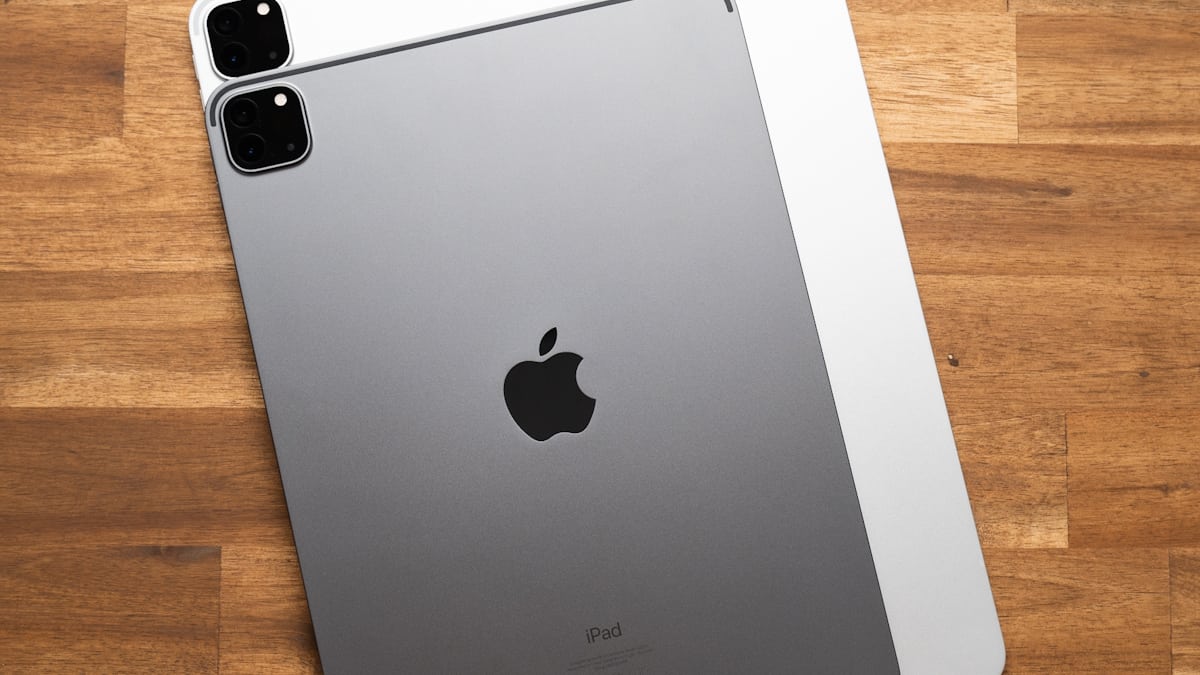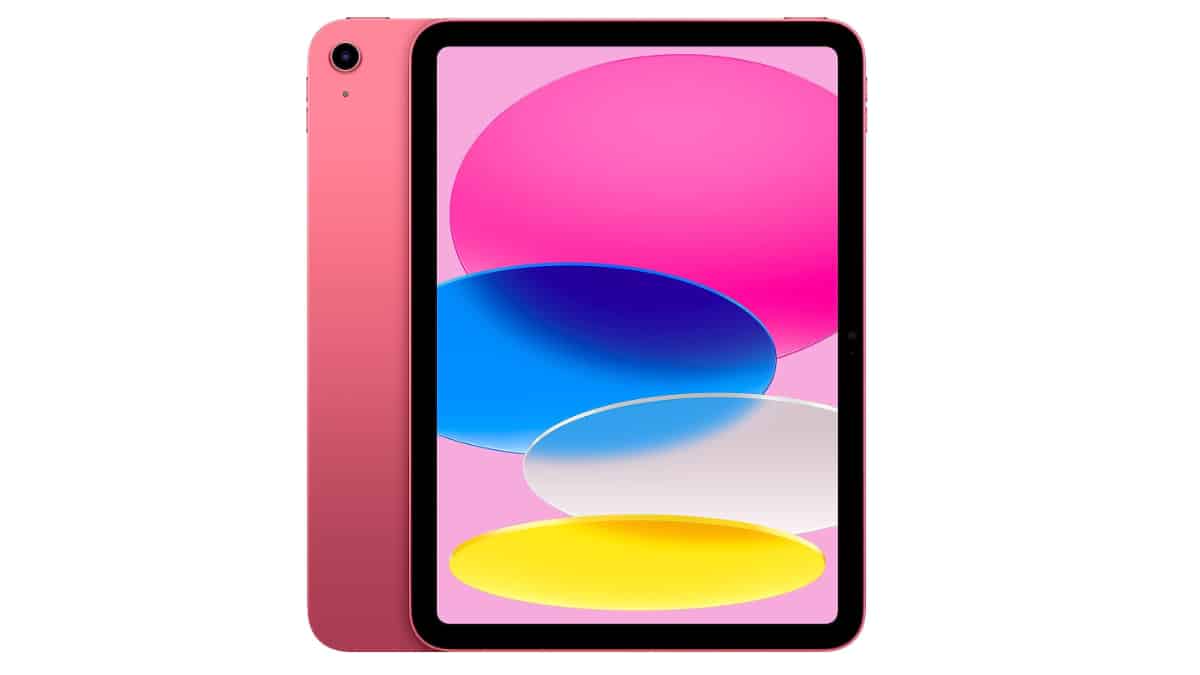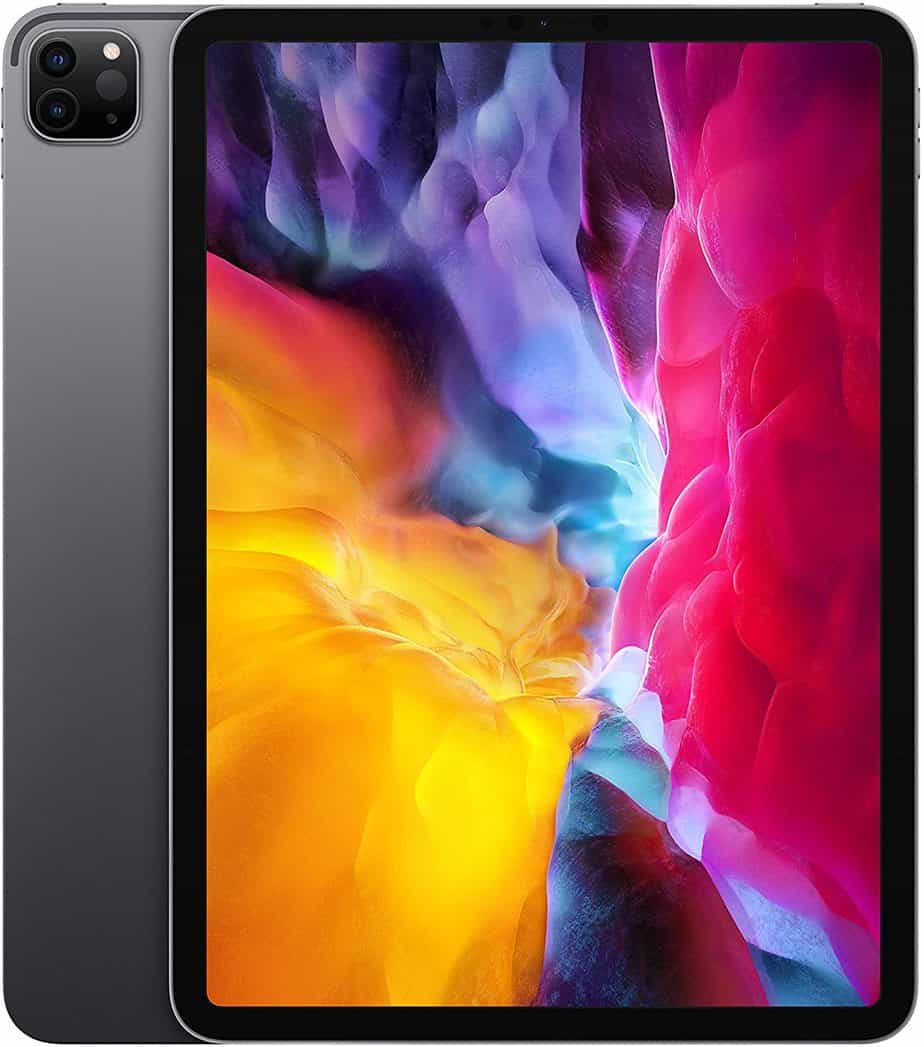iPad 10 vs iPad Pro

Table of Contents
The new iPad 10 was just released and the performance and design are closer to the 5th Gen iPad Air than the previous-gen iPad 9. These upgrades close the gap between the entry-level and the high-end Pro of Apple’s iPad line. However, how much of an actual leap was it? Let's see what the major differences are between the iPad 10 vs iPad Pro and if the entry-level device is worth it.
iPad 10 vs iPad Pro: Design
Apple changed the whole design for its entry-level devices. The iPad 10 shifted from the usual big bezel and edges that tapered off to a more modern slick-looking design with flat edges that curves at the end to give a more angular design. The new look of the iPad 10 gives it a more Pro edition appearance than its predecessor.
Prime Day is finally here! Find all the biggest tech and PC deals below.
- Sapphire 11348-03-20G Pulse AMD Radeon™ RX 9070 XT Was $779 Now $739
- AMD Ryzen 7 7800X3D 8-Core, 16-Thread Desktop Processor Was $449 Now $341
- ASUS RTX™ 5060 OC Edition Graphics Card Was $379 Now $339
- LG 77-Inch Class OLED evo AI 4K C5 Series Smart TV Was $3,696 Now $2,796
- Intel® Core™ i7-14700K New Gaming Desktop Was $320.99 Now $274
- Lexar 2TB NM1090 w/HeatSink SSD PCIe Gen5x4 NVMe M.2 Was $281.97 Now $214.98
- Apple Watch Series 10 GPS + Cellular 42mm case Smartwatch Was $499.99 Now $379.99
- ASUS ROG Strix G16 (2025) 16" FHD, RTX 5060 gaming laptop Was $1,499.99 Now $1,274.99
- Apple iPad mini (A17 Pro): Apple Intelligence Was $499.99 Now $379.99
*Prices and savings subject to change. Click through to get the current prices.
Although both devices bear the same design, the iPad 10 offers a playful variety of colors over the iPad Pro, which only comes in the classic and recognizable Silver and Space Gray colors. The former, however, delivers four new varied colorways: Silver, Pink, Blue, and Yellow.
Another remarkable change on the iPad 10 is the front camera position. Everybody's been asking Apple to finally move the front camera closer to the top, within a landscape position in a side bezel. Apple has responded to the public and the new iPad 10 presents the first Apple landscape front camera. This change will make facetime and video meetings more manageable and comfortable for users, and we hope the alteration applies to all new releases in the near future.
| iPad 10 | iPad Pro | |
| Height | 9.79 inches (248.6 mm) | 11.04 inches (280.6 mm) |
| Width | 7.07 inches (179.5 mm) | 8.46 inches (214.9 mm) |
| Depth | 0.28 inch (7 mm) | 0.25 inch (6.4 mm) |
| Weight (Wi-Fi) | 1.05 pounds (477 grams) | 1.5 pounds (682 grams) |
| Weight (Wi-Fi + Cellular) | 1.06 pounds (481 grams) | 1.51 pounds (685 grams) |
The iPad Pro is larger and heavier than the iPad 10, however, it’s also slimmer. If you're looking for a medium-sized device, you can go for the iPad 10. However, wait to see the rest of the differences before making your final decision.
iPad 10 vs iPad Pro: Display
Here's where we start to see big differences between both devices. The iPad Pro 12.9 has a mini-LED backlit Multi-Touch display with IPS technology on a 12.9-inch screen that leverages a 2732×2048 resolution at 264 PPI with a max brightness of 600 nits. It’s all housed within a cutting-edge Liquid Retina XDR. Moreover, the iPad Pro has ProMotion technology, a True Tone display, and a Wide color display (P3).
The iPad 10, on the other hand, comes with a Liquid Retina, LED-backlit Multi-Touch display with IPS technology, a 10.9-inch display with a 2360×1640 resolution at 264 PPI. It has a responsive screen but is not near the mini-LED display on the iPad Pro
What is Liquid Retina XDR?
Liquid Retina is Apple’s trademark for its own high pixel-density displays. Such technology makes it virtually impossible to distinguish individual pixels at a normal operating distance.
Liquid Retina XDR is an improvement on this technology. Apple has changed the method of lighting and uses smaller LEDs grouped into zones that can be individually dimmed to deliver more contrast and better blacks to the image. This is a creative and cheaper way to mimic the OLED system without actually being OLED. It's an overall great improvement that any user will enjoy from the moment they turn on their device.
iPad 10 vs iPad Pro: Cameras
Besides the previously discussed landscape position of the front camera, the iPad Pro and the iPad 10 differ a lot in their camera tech. The iPad Pro has a 12MP Wide and a 10MP Ultra Wide rear camera with a Wideƒ/1.8 aperture and an Ultra Wide ƒ/2.4 aperture. Moreover, the rear iPad Pro camera has a 2x optical zoom out and 5x digital zoom.
The iPad 10 has a 12MP Wide rear camera with a ƒ/1.8 aperture and only a 5x digital zoom. The rear camera on the iPad Pro offers a wider variety of options that will let you take more accurate and clearer pictures. Even so, the iPad 10 shows a major improvement in the sensor aperture, providing better pictures in low-light conditions.
Rear Camera
| iPad 10 | iPad Pro | |
| Megapixels | 12 MP Wide camera | 12MP Wide and 10MP Ultra Wide cameras |
| Aperture | ƒ/1.8 | Wide: ƒ/1.8Ultra Wide: ƒ/2.4 |
| Zoom | Digital zoom up to 5x | 2x optical zoom out Digital zoom up to 5x |
| HDR | Smart HDR 3 | Smart HDR 4 for photos |
| Video Recording | 4K at 24 fps, 25 fps, 30 fps, or 60 fps | ProRes video recording up to 4K at 30 fps (1080p at 30 fps for 128GB capacity) |
| Dynamic Range | Extended dynamic range for video up to 30 fps | Extended dynamic range for video up to 30 fps |
| Slo-mo | Slo-mo video support for 1080p at 120 fps or 240 fps | Slo-mo video support for 1080p at 120 fps or 240 fps |
iPad 10 vs iPad Pro: Specs and Performance
The iPad Pro is powered by the newest Apple M2 Processor, an 8-core CPU with 16 neural engine cores, that delivers “new levels of power-efficient performance and capabilities.” The new M2 processor is built upon a 5nm architecture presenting 20 billion transistors, 25% more than the previous M1, an incredible upgrade over the iPad 10 A14 chip.
The iPad Pro's power is what allows the slate to run the most high-end video games, process ultra-demanding designing apps, and be widely used as a productive and powerful device.
| iPad 10 | iPad Pro | |
| Chip | A14 Bionic | Apple M2 chip |
| CPU cores | 6 | 8 |
| GPU cores | 4 | 10 |
| Neural engine cores | 16 | 16 |
| Storage | 64 or 256GB | Up to 2TB |
| RAM | 4GB | 16GB |
| USB type | USB-C | USB‑C connector with support for Thunderbolt / USB 4 |
| Cellular | 5G | 5G |
| Bluetooth | Bluetooth 5.2 technology | Bluetooth 5.3 technology |
| Battery | Up to 10 hours of surfing the web on Wi-Fi or watching video | Up to 10 hours of surfing the web on Wi-Fi or watching video |
iPad 10 vs iPad Pro: Expert View
These are two incredibly different devices. The iPad Pro is a high-end slate marketed for professional users who will most likely utilize the tablet as a productive tool, hence its high-end specs. The iPad Pro is a great device for graphic designers, illustrators, architects, music producers, video editors, and the like. If you require a device that can get any type of workflow done under the highest possible quality, you are the perfect iPad Pro user.
The iPad 10 is Apple’s entry-level model. It has been improved and built for users who are not willing to pay over $1,000 for a tablet, and who will be using the iPad for more basic tasks, like studying, taking notes, streaming Netflix and YouTube, light gaming, video meetings, and even office work. The introduction of the A14 Bionic chip to entry-level slates and the design alterations marks a milestone in the tablet world. That being said, this iPad keeps being a whole different world when compared with its more premium counterpart.



